All about tigridia
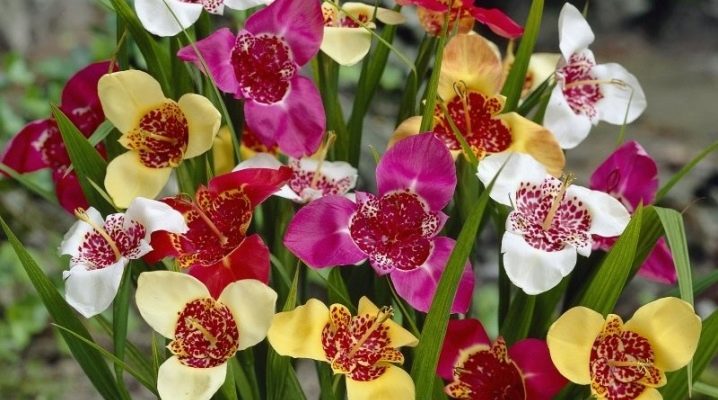
Tigridia is an unusual and beautiful plant with a variegated color of buds. The spectacular flower is liked by lovers of exoticism. Therefore, many people want to land it on their site.
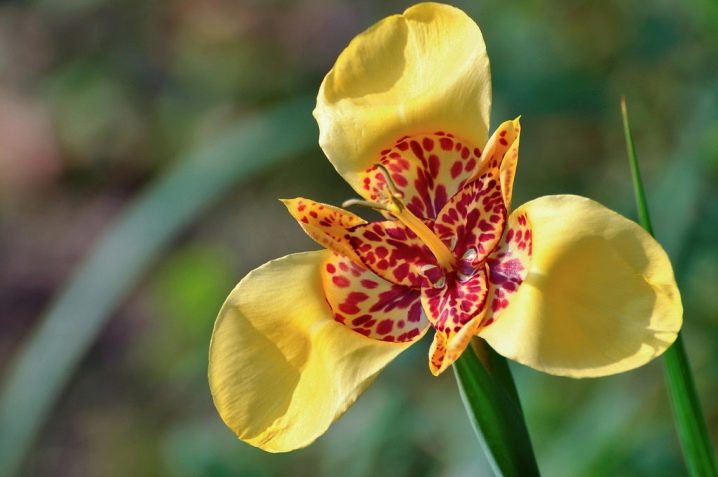
general description
The bulbous flower naturally grows in warm regions. The plant belongs to the Iris family, so if a person has experience in growing gladioli or irises, then he will also cope with tigridia without any problems.
The flower grows to a height of 35–65 centimeters. His rhizome has the shape of a bulb covered with a dry brown film. Tigridia leaves have a corrugated texture. They are located close to each other. By its shape, the bush resembles a neat fan. It looks beautiful and unusual.

The perennial tigridia begins to bloom in the middle of summer. Flowering usually continues until the first frost. Moreover, each individual flower remains on the stem for only a few hours. It blooms until noon and blooms until evening. But after a few days, new buds appear in its place.
Tigridia flowers resemble bright exotic butterflies. The size of the opened buds is quite large. Each flower has three large petals and three small ones. Their color is similar to that of a tiger. It is for this reason that the plant got its name. After the end of flowering, fruits appear on the stem. Inside each of them are brown seeds. In nature, the flower reproduces by self-seeding.

Popular species and varieties
There are now over 20 varieties of tigridia. The most popular are the following.
Peacock
This is the most common type of plant. The buds of these flowers grow up to 15 centimeters.
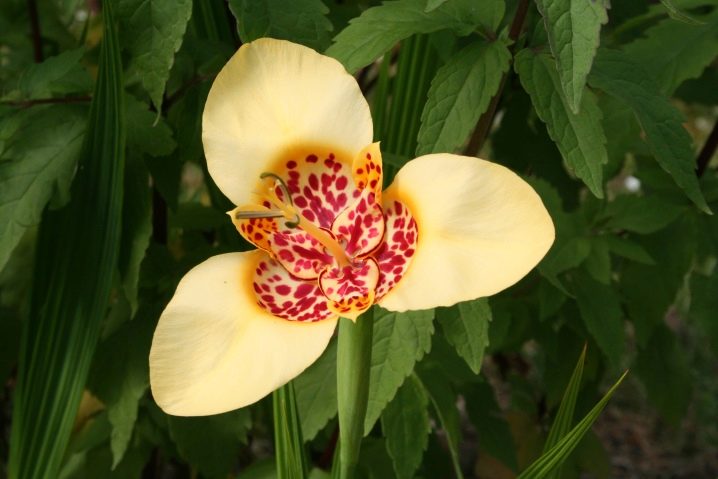
When choosing plants for planting in your garden, you should pay attention to the following varieties of peacock tigridia.
- Alba. This flower can be recognized by its contrasting color. Its white petals are covered with scarlet spots. It looks very nice.
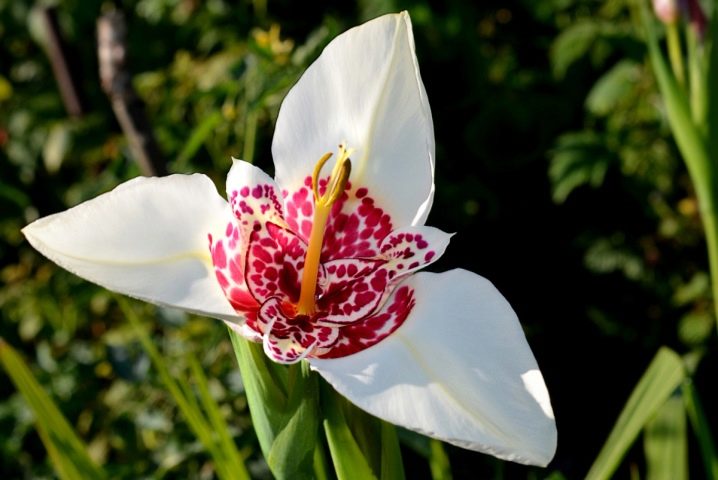
- Yellow. This plant is also known as Carmiena tigridia. Its buds are painted in a pleasant orange color. The petals are covered with a yellow pattern consisting of spots of different sizes.

- "Speciosa"... This flower can be called royal. It has beautiful scarlet petals covered with golden spots. The flower buds are quite large. Therefore, they can be seen from afar.

- Lilacea. These flowers grow up to 60 centimeters in height. Their leaves are elongated in length and covered with veins. Delicate pink inflorescences have carmine spots. The diameter of the flowers is in the range of 10-12 centimeters.
All these flowers, like the bright peacock's tail, immediately attract attention.

Chess
This variety is very easy to recognize: the pattern covering the petals is not chaotic - the spots are staggered.
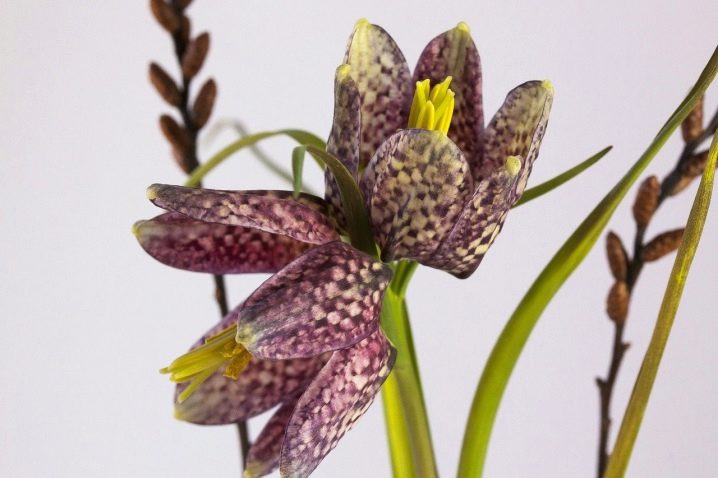
Multi-flowered
It is a bright plant with large glossy petals. Their color is burgundy. The surface of the petals is covered with thin golden stripes.
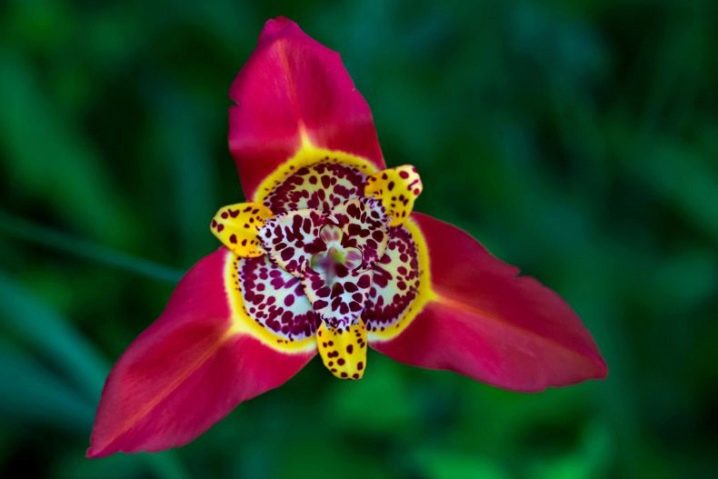
Matuda
This flower was named after a Mexican botanist. The mountain plant is quite large. It grows in height up to 80 centimeters. Moreover, his flowers are not very large. The main feature of this species of tigridia is its spotted purple flowers.
Several varieties of an exotic flower can be planted on one site at once. A mixture of multi-colored buds that are constantly replacing each other will look very beautiful.
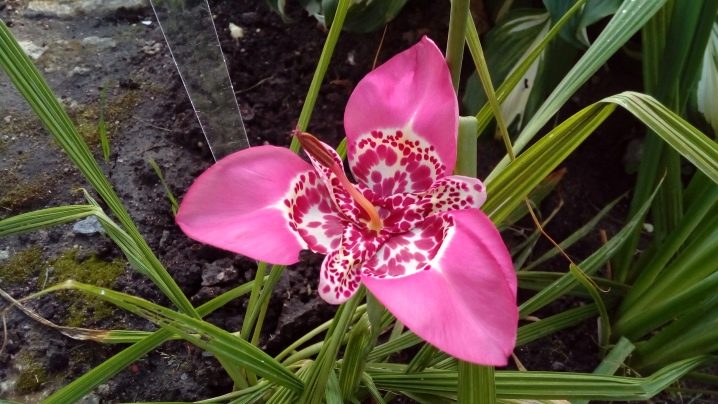
Landing
There are two ways to plant tigridia.Most often, flower growers submerge the bulbs directly into the soil. But some of them prefer to pre-grow plants before planting.
Planting flowers in open ground is usually done in late spring. At this time, the soil has already warmed up quite well. Therefore, the gardener may not be afraid of the death of a young flower.
Tigridia, like other exotic plants, is preferred to be planted in areas with loamy soil. It shouldn't be too sour. It is very important that the soil is loose. The flower should not be planted in an area where other bulbous plants previously grew. This will lead to the fact that tigridia will often hurt.
Before planting flowers, the soil is dug up on the site. Compost or manure is embedded in the ground. If the soil on the site is poor, mineral fertilizers are also applied to it. A small amount of dry lime or dolomite flour is also added to the acidic soil.
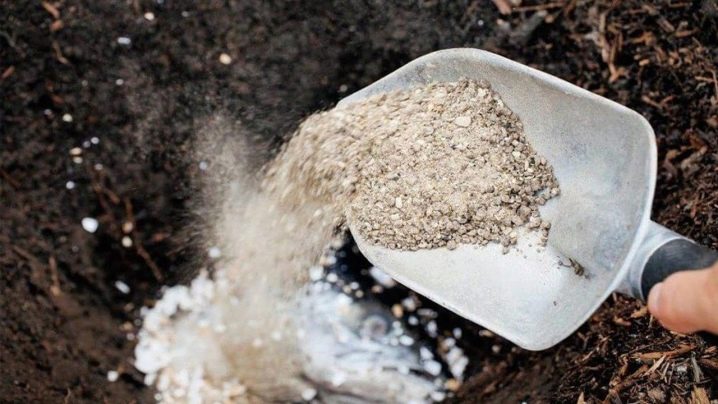
The process of planting flowers itself consists of the following steps.
- First, the bulbs purchased or stored in the basement need to be sorted out... They must be free of mold or rot. Healthy tubers must be treated with any disinfectant. This will protect them from common diseases.
- If the gardener wants to grow tigridia before planting, the seeds are placed in low pots with drainage holes. The container is pre-filled with a mixture of soil, peat and sand. After planting, the flowers do not need to be watered. The bulbs are well saturated with moisture during soaking. Containers with flowers are covered with foil or glass. After that, they are moved to the windowsill. You can remove the film after the first shoots appear. Green sprouts are watered regularly. At the same time, it is important to avoid stagnant water. In early summer, plants can be transplanted into open ground.
- Both bulbs and pre-prepared plants are placed at a distance of 15-20 centimeters... The depth of the holes should be within 5-10 centimeters.
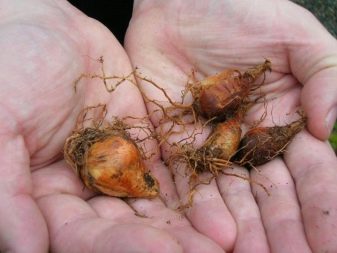
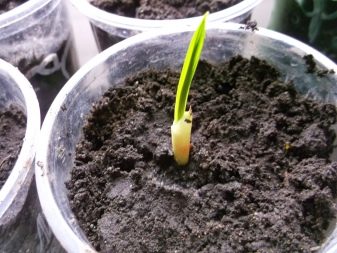
Tigridia does not need to be transplanted to an open ground. The plant can also be grown in pots. In this case, the flower will be an excellent decoration for a terrace or loggia.
Growing care
Taking care of exotic flowers is not as difficult as it seems at first glance.
Conditions
Flowers should grow in a sunny area. If the plants do not have enough light, their leaves turn yellow. It is important that the bushes are protected from the wind. Otherwise, thin stems can break during a thunderstorm. Some growers additionally tie the plants to pegs or any other supports.
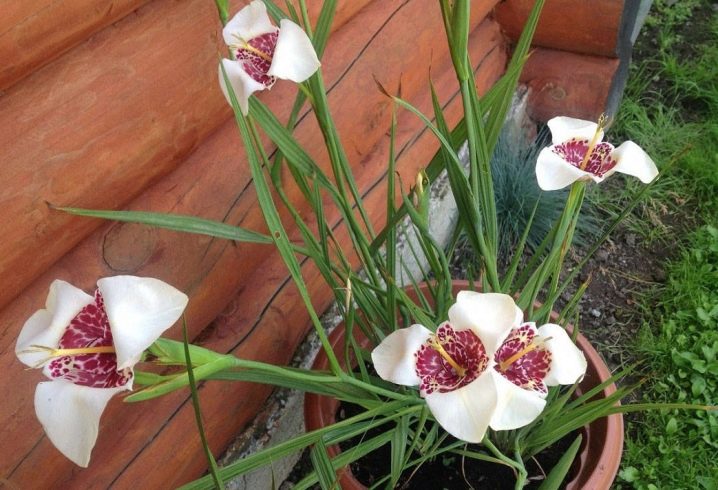
To extend the flowering time of tigridia, wilted buds and fruits must be removed. In this case, new inflorescences will appear in their place.
Watering and feeding
Tigridia needs regular watering. At the same time, it is not worth overmoistening the soil on the site. This can lead to root rot. Adult plants are usually watered every three days. If the summer is hot, you will have to irrigate the area with exotic flowers every day.
It is best to use settled water for irrigation. You can moisturize plants in the early morning or late evening. You cannot do this during the day. Otherwise, foliage and flowers may be burned.
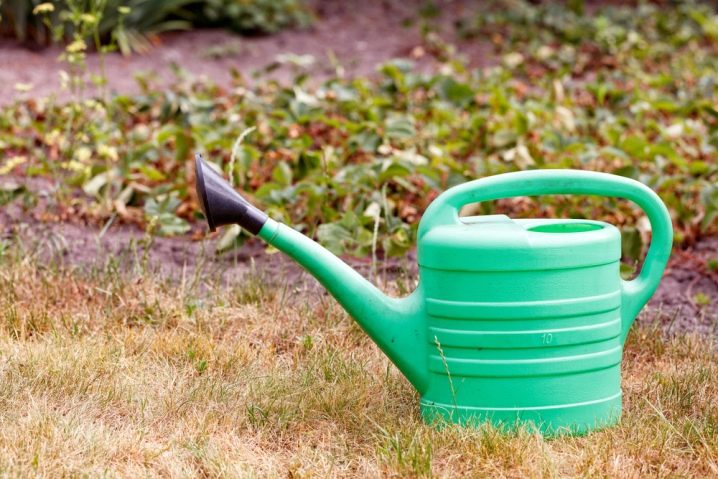
The soil next to the stems should be loosened on a regular basis. In this case, air and nutrients will better flow to the roots of the plant.
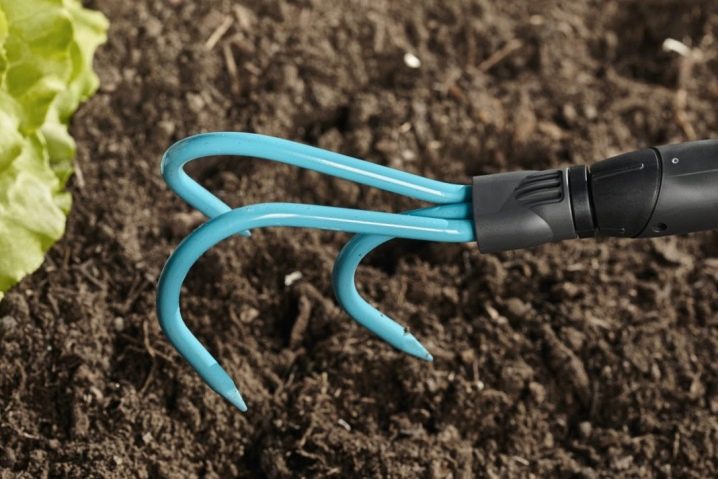
You can save time on watering flowers and loosening the soil by mulching the ground next to them. For this, it is best to use humus and peat. The soil under the mulch will stay moist for much longer.
Flowers growing in the open field do not need frequent feeding. In the first year after planting, tigridia need not be fed at all. She has enough fertilizers that were applied to the soil during planting.
In the future, top dressing is used 1-2 times per season. For the first time, flowers are fertilized in the spring. At this time, complex fertilizers are used. The second time, tigridia is saturated before budding.This ensures a more lush flowering of the bushes. In summer, gardeners feed the plants with nitroammophos. After the end of flowering, fertilizer is no longer applied to the soil.

Transfer
Since tigridia is a perennial, it can grow in one place for several years in a row. But if the plant is often sick and does not bloom well, it is recommended to transplant it to a new place.
In early June, young bushes are dug up. This must be done carefully so as not to damage the bulbs. The depth of the pit for transplanting an adult tigrid should be within 60 centimeters. Broken brick or any other drainage material must be laid on its bottom. Rotted manure is poured on top of it. The fertilizer layer is covered with loose soil. After that, plants are placed in the pit. They are sprinkled with a layer of fertile soil. After transplanting, the site must be watered. Plants that have been in pots for a long time can be transplanted into open ground in the same way.
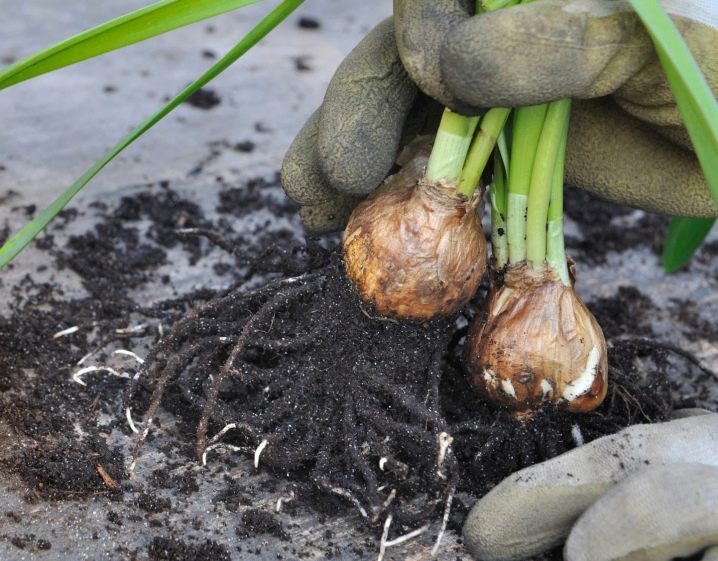
Wintering
An important role is also played by the preparation of flowers growing in a flower bed for winter. First of all, in the fall, it is necessary to cut off all wilted buds from the stem. This is necessary so that the plant does not expend energy on the formation of seeds.
If the winter in the region is not too cold, it will be enough to protect the flowers with spruce branches or dry foliage. After the first snow falls, it must be thrown on top of the shelter. This will protect the plants from frost.

If the winters in the region are very cold, exotic flowers should be dug up in the fall. This is done in early October. By this time, the bulbs have time to ripen. After collecting them, they are cleared of soil. Next, the bulb is separated from the stem, leaving a stump of 2-3 centimeters long. The roots are also trimmed neatly. The planting material is dried for 10-15 days and sent to storage in a cool place.

It is most convenient to store bulbs in bags or cardboard boxes. The dried planting material is usually sprinkled with sawdust, peat or dry ash. This procedure helps protect the bulbs from fungal diseases.
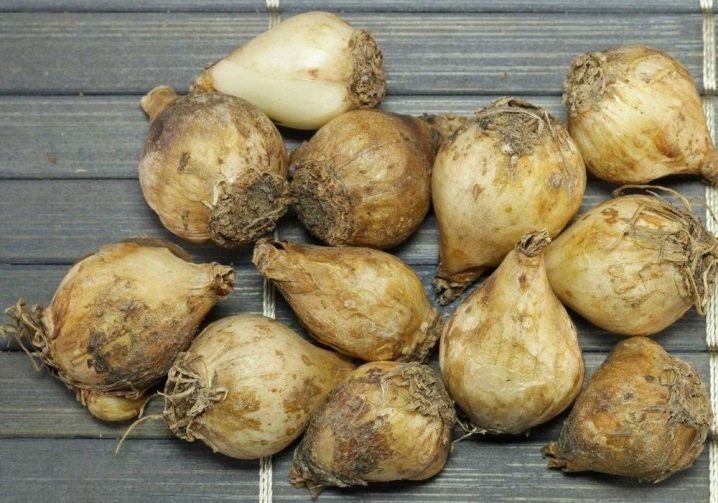
Reproduction
Tigridia can be propagated in two ways.
- Seeds... After the end of flowering, boxes with seeds remain on the stems. They can be collected and used for breeding. The seeds of tigridia are flat and dark. Immediately after collection, they are planted in pots prepared in advance with a substrate. Next, the containers are sent to a warm and bright place. The temperature in this room should not drop below 20 degrees. After a while, sprouts will appear in the pots. When they grow up a little, they will need to dive. The grown plants will need to be planted in the spring. This is usually done after seven months of age.
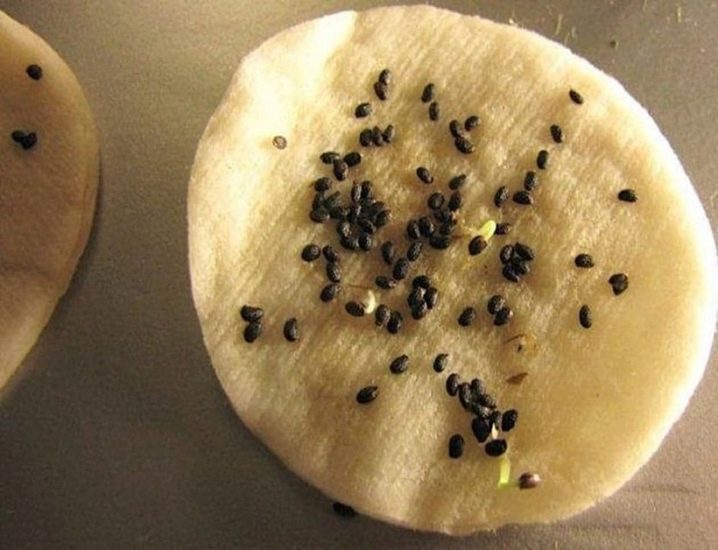
- Vegetatively... Tigridia growing in the garden can also be propagated by children. During the season, several additional ones are formed around the main flower. They are not touched in autumn. But in the spring, new bulbs are separated from the mother tuber. This should be done with a shovel or a sharp knife. The place of the cut must be sprinkled with a crushed tablet of activated carbon. Separate bulbs should be planted according to the same principle as ordinary bulbs. They are placed at a distance of 15 centimeters, not very deeply burying into the soil.

Both breeding methods are popular. Therefore, it is worth choosing the most suitable one for yourself.
Diseases and pests
Tigridia growing outdoors can be subject to various diseases.
- Scab... The foliage of the diseased plant is covered with dark, voluminous spots. Over time, the flowers weaken and die. To combat scab, you can use fungicides such as Ordan or Fitosporin.
- Rust... The main symptom of this disease is irregular red spots. They cover the foliage of the plants. Over time, the spots begin to crack. At this time, red powder pours out of them. Fungicides are also used to combat.
- Tobacco mosaic. This is a common viral disease.Small bumps appear on the foliage of the affected plants. It is impossible to cure this disease. Therefore, diseased plants must be dug up and destroyed.
- Rot... The rotting flowers are covered with gray or white spots. Over time, they begin to darken and grow in size. Bordeaux liquid is usually used to fight the disease.

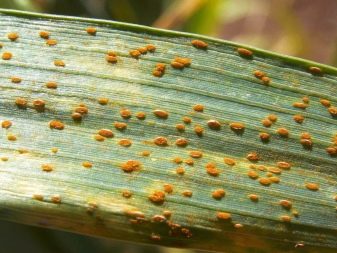
The following pests are also dangerous for exotic flowers.
- Scoops... Usually caterpillars attack tigridia. They feed on the sap from the leaves. To combat them, flowers are sprayed with insecticides. In the same way, gardeners are fighting thrips.
- Medvedka... This pest creates whole underground passages underground. Medvedka feeds on parts of tigridia that are under the soil layer. To combat these pests, the passages dug by the bear are poured with soapy water.
- Slugs... These pests damage the foliage of tigridia. If there are not very many slugs on the site, they can be collected by hand. To protect plants from pests, ash is also sprinkled on the soil next to the stems.


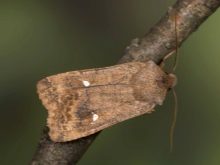
If you properly care for the plants, you will have to spend a minimum of time on fighting diseases and pests.
Tigridia in landscape design
Exotic tigridia are usually planted in groups. A mix of these colors looks very beautiful in summer. Plants with spotted petals also go well with gladioli, irises and daylilies. In addition, they are often surrounded by ornamental grasses.
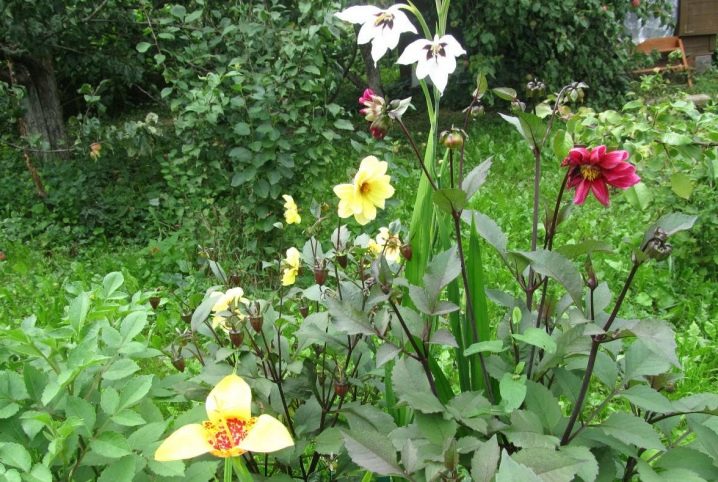
Blooming tigridia attracts many beneficial insects with its pleasant aroma. Therefore, it is beneficial to plant it next to fruit trees. The plant also looks very beautiful against the background of conifers.
In general, tigridia is a flower that really deserves the attention of gardeners. With proper care, the plant will delight people for a long time with its attractive appearance.
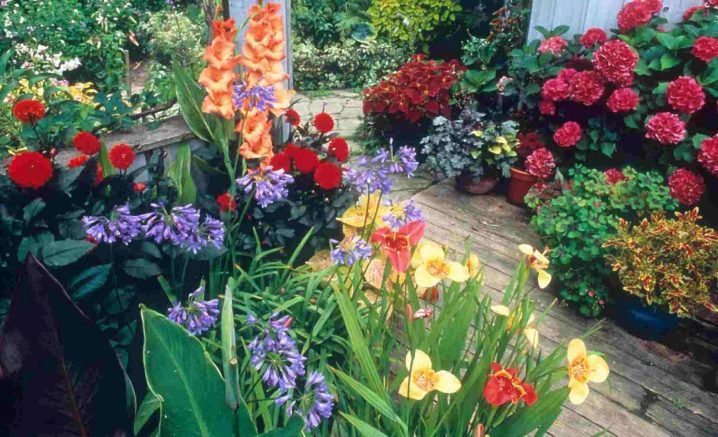







































































































The comment was sent successfully.